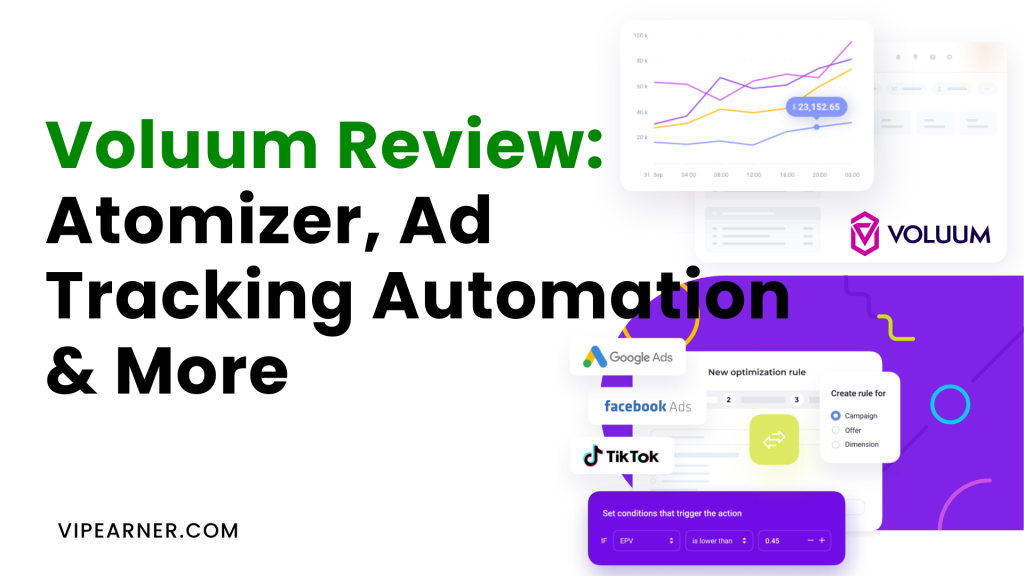Voluum Review: Automizer, Winning Conversions, Mastering Ad Tracking & More [FREE ROI Calculator Included]

Voluum Review: Voluum Automizer is the ultimate tool for marketers and advertisers who want to track, optimize, and scale their campaigns efficiently. By offering a unified platform for ad tracking and automation, it eliminates the headaches of juggling multiple tools and provides real-time insights that drive better results.
Whether you’re running native ads, push notifications, or mobile campaigns, Voluum simplifies the process and helps you focus on what matters—growth.
One agency used Voluum to scale from $50k to $500k per month in revenue by leveraging its advanced tracking features and automation tools. They cut acquisition costs by 75% while tripling their ad spend, proving how powerful this platform can be. With adoption rates climbing and its market share growing, Voluum is setting the standard for performance marketing in 2025.